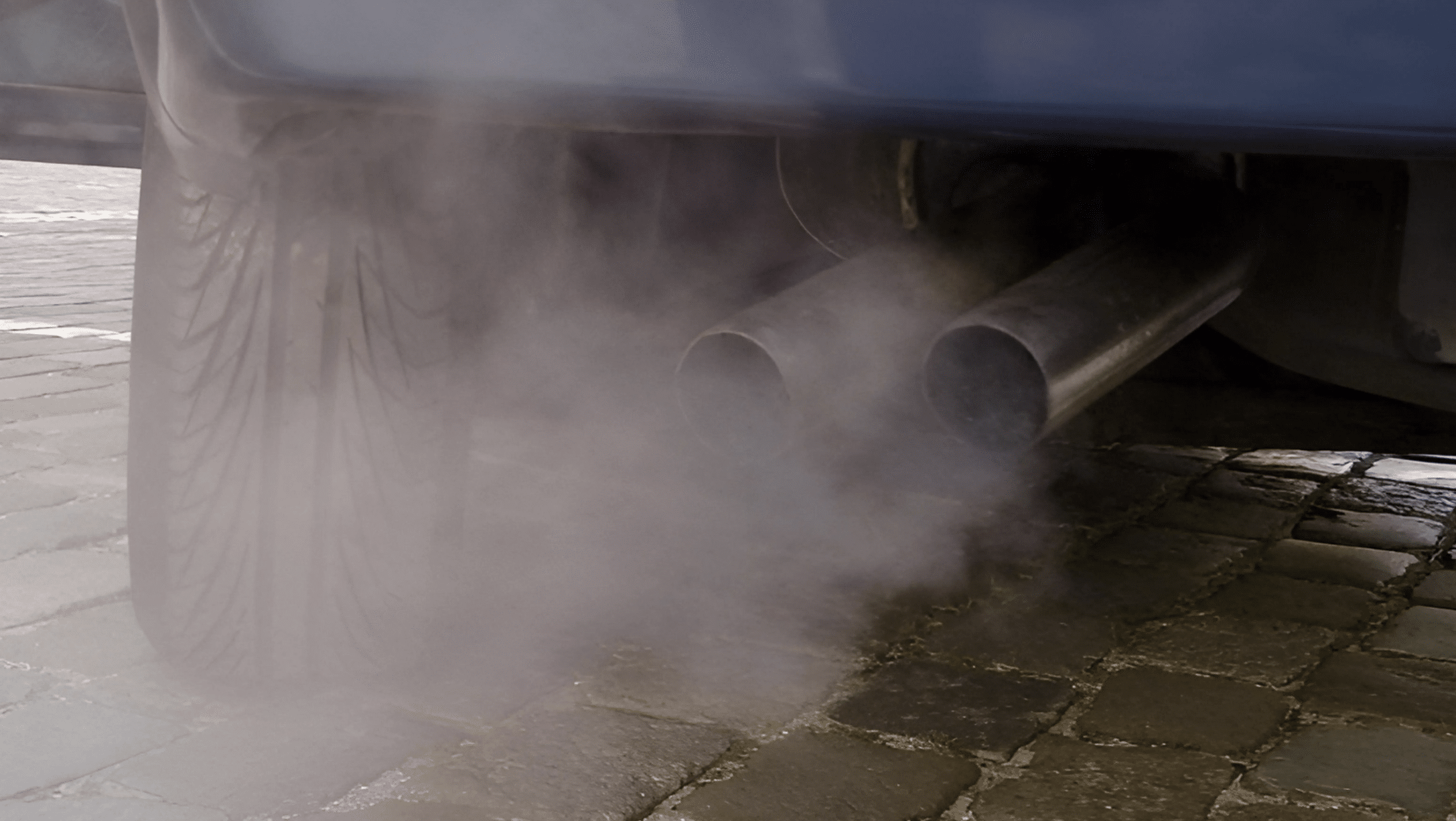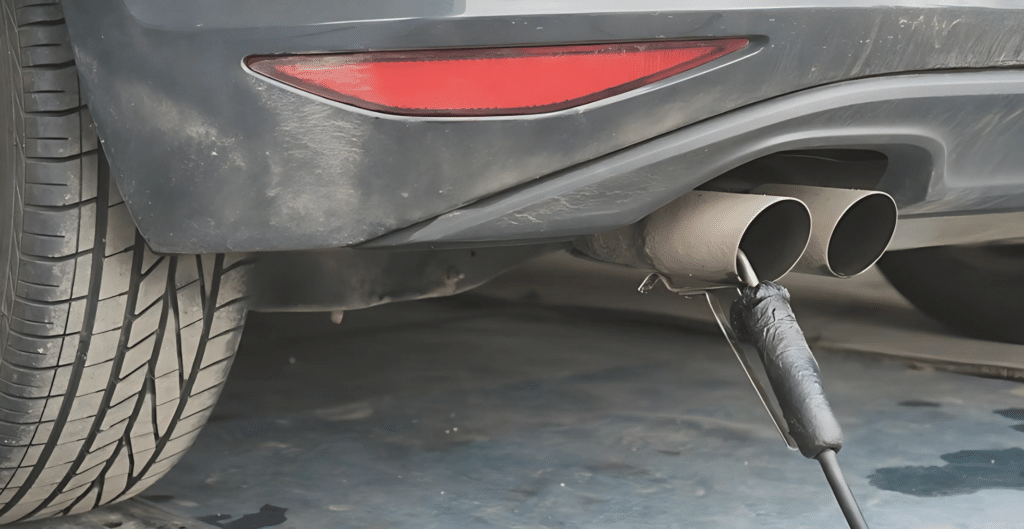Car owners often worry about passing emissions tests. It’s a common concern, especially for those with older vehicles. Failed tests can lead to registration issues and unexpected repair costs.
But don’t fret – understanding why cars fail and how to fix the problems can make the process much smoother.
This guide will help you navigate emissions testing with confidence. You’ll learn the main reasons for test failures and practical steps to address them.
By the end, you’ll have a clear plan to keep your car running clean and compliant.
We’ll examine common causes of emissions test failures, how to prepare your vehicle for testing, what to do if your car fails, and tips for passing retests and avoiding future issues.
Let’s begin keeping your car on the road legally and efficiently.
What is an Emission Test?
An emission test checks how much pollution your car puts out. It’s a way to ensure cars aren’t harming the air we breathe. When you take your vehicle for this test, mechanics examine the gases coming from your exhaust pipe.
The main goal of these tests is to keep our air clean. Cars can release harmful substances that are bad for people and the environment.
By testing cars, we can identify those polluting the air too much, which will help everyone breathe cleaner air.
These tests also push car makers to build cleaner cars. They have to make sure their new vehicles will pass these tests. This means newer cars often run cleaner than older ones.
You must pass this test in many places to keep driving your car legally. Caring for your vehicle and doing your bit for cleaner air is part of caring for your car.
Common Causes of Emission Test Failures

When your car doesn’t pass an emission test, it can be due to several reasons. Let’s look at some common reasons:
1. Battery Disconnection
If you’ve removed your car’s battery recently, it might cause trouble. Your car’s computer needs time to gather data about how the engine runs and a disconnected battery can erase this information.
This means your car might not have enough data for the test. If this happens, you may need to drive your vehicle for a while before retesting.
2. Check Engine Light
Are you seeing that pesky light on your dashboard? It’s a big red flag for emission tests. If it’s lit up, you’ll likely fail the test.
The light means something’s off with your engine or exhaust system. It’s best to get this checked out by a mechanic before your test.
3. Exhaust System Problems
Your car’s exhaust system cleans up emissions. If parts like the catalytic converter aren’t working right or if there are leaks, your car might emit too much pollution.
Regular checks of your exhaust system can help catch these issues early.
4. Faulty Sensors
Your car uses sensors to check its performance. Two key ones are the oxygen sensor and the mass airflow sensor. If these break down, your vehicle might use too much fuel or not enough air.
This can make it fail the test. Replacing faulty sensors can often solve emission problems quickly.
5. Air-Fuel Mixture Issues
Your engine needs the right mix of air and fuel to run clean. Too much fuel (we call this “running rich”) or too little (“running lean”) can both cause problems.
Either way, it can lead to a failed test. A tune-up can often fix these mixture issues.
6. Old Motor Oil
Dirty, old oil in your engine can also cause trouble. It can make your car emit more hydrocarbons, pollutants that the test checks for.
Fresh, clean oil can help your car run cleaner. Sticking to regular oil changes can prevent this issue.
Knowing these common issues can help you determine what might be wrong with your car if it fails. It’s a good starting point for fixing the problem and passing your next test.
Solutions to Pass the Retest
If your car didn’t pass the emission test the first time, don’t worry. Here are some effective solutions that can help improve your chances of passing the retest:
| Solutions | Description |
|---|---|
| Routine Maintenance | Regular oil changes ensure that your engine runs smoothly and efficiently. Replacing dirty air filters allows your engine to get the proper air, which is crucial for clean combustion. Checking and replacing spark plugs ensures fuel burns properly, reducing emissions. |
| Fixing Exhaust Issues | The exhaust system filters harmful gases. However, the system can’t effectively clean up emissions if it has holes, leaks, or broken parts, like a faulty catalytic converter. Repairing these parts can significantly reduce your car’s emissions and help it pass the test. |
| Address Check Engine Light | A glowing check engine light often indicates something is wrong with the emissions system. Using a diagnostic tool, you can identify the specific issue, whether it’s a sensor or another malfunction, and address it before retesting. |
| Sensor Replacement | Your car’s oxygen and airflow sensors control the mix of air and fuel in the engine. If these sensors malfunction, the engine may burn fuel inefficiently, increasing emissions. Replacing faulty sensors ensures the right fuel-to-air ratio and cleaner emissions. |
| Gas Cap Tightening | A loose or damaged gas cap can allow fuel vapors to escape, leading to higher emissions. Ensuring your gas cap is tightly sealed and in good condition prevents unnecessary vapor leaks and can help you avoid failing the emissions test. |
Preparing for Retests
After fixing your car, you’ll want to ensure it’s ready for another try at the emission test. Here’s how to get set for round two:
1. Resetting the Diagnostics
Think of this like rebooting your computer. After you fix something on your car, its brain (the onboard computer) needs time to notice the changes. The best way is to drive your vehicle for a while.
Take it on a mix of city streets and highways. This helps your car gather new info about how it’s running. Aim for about 50 to 100 miles of driving.
This gives your car enough time to check all its systems and be ready for the test.
2. Diagnostic Tests
Doing a practice run before heading back for the official test is smart. Many auto shops can do a pre-test for you. They hook your car up to a machine that reads all its systems.
This can spot any leftover issues you might have missed. It’s like a dress rehearsal for the real test. If anything shows up, you can fix it before the official test.
This way, you’re not wasting time or money on a test you might not pass.
3. Retesting Procedure
When you return for your retest, the process will be the same as the first time. The tester will plug a device into your car to read its computer. They’ll also check the exhaust coming out of your tailpipe.
But this time, you’ll be better prepared. Make sure you bring any paperwork from repairs you’ve done. Some testing centers might want to see this.
Also, make sure your car is warmed up before the test. A cold engine can give off more pollutants and might cause you to fail.
What If You Fail the Emission Test Again?

If your car doesn’t pass a second time, don’t panic. You still have options:
1. Economic Hardship Waivers: If repairs are too costly, you might qualify for a hardship waiver. This keeps you driving for a set time, even with a failed test. You’ll need to prove you can’t afford the fixes. This often means showing your income and bills.
2. Repair Cost Limits: Many places cap the amount you must spend on emission repairs. If you’ve spent more than this limit trying to pass, you might get a waiver. Keep all your repair receipts as proof. The limit varies by state, so check your local rules.
3. State Regulations: Rules for waivers and extensions differ by location. Your local DMV is the best source for accurate info. Some states offer more repair time or special programs for older cars. It’s worth contacting them to learn about your options.
Preventative Measures for Future Tests
Passing your emission test doesn’t have to be a nail-biting experience every time. Here are some ways to keep your car in good shape for future tests:
1. Regular Maintenance
Think of this as giving your car a health check-up. Just like you go to the doctor, your vehicle needs check-ups, too. Change your oil when it’s due. This keeps your engine clean and happy.
Replace air filters when they get dirty. Clean filters help your car breathe better. And don’t forget about spark plugs. They help your car burn fuel the right way.
Keeping up with these simple tasks can make a big difference when test time comes around.
2. Monitor Dashboard Warnings
Your car talks to you through those little lights on your dashboard. If one pops on, it’s trying to tell you something. Please don’t ignore it, especially the check engine light.
This light often means something’s wrong with your car’s emission system. If you see it, get it checked out right away. Fixing small problems early can save you from big headaches later.
3. Emission System Checks
Your car’s exhaust system is key to passing the test. It’s smart to have a pro look at it now and then. They can spot small leaks or worn parts before they become big problems.
Pay special attention to your catalytic converter. It’s the star player in keeping your car’s emissions clean. A quick check can catch issues early, saving you time and money.
You’re not just getting ready for the next test by following these tips. You’re also keeping your car running smoothly and efficiently. It’ll use less fuel and run cleaner constantly, not just on test day.
Conclusion
Passing emission tests doesn’t have to be a headache. By understanding why cars fail and how to fix common issues, you can confidently tackle these tests.
Remember, regular care is key. Keep up with oil changes, address warning lights promptly, and have your exhaust system checked now and then. These simple steps can save you time and money in the long run.
If you do face a failed test, don’t lose hope. Solutions are available, from fixing specific problems to exploring waiver options if repairs are too costly. The goal is to keep our air clean while legally keeping you on the road.
By following our tips, you’re not just preparing for a test. You’re also caring for your car, wallet, and environment.
Stay foresighted, and you’ll be ready to ace that next emission test.


